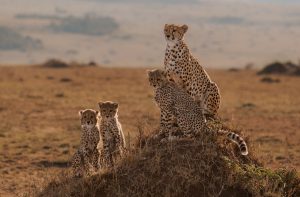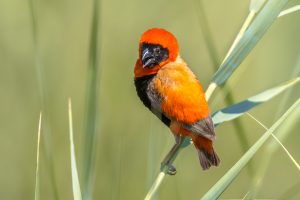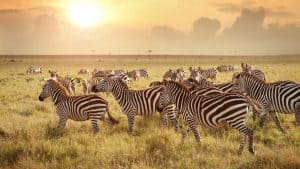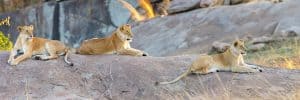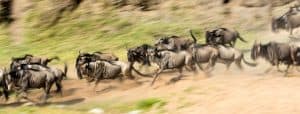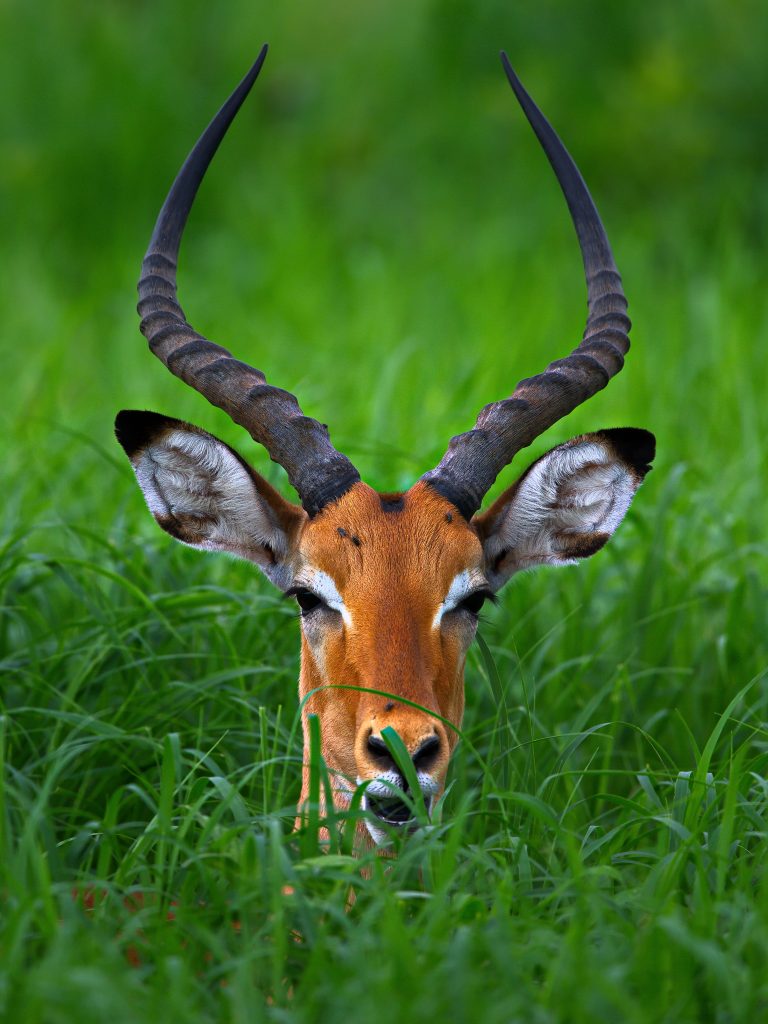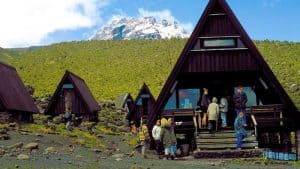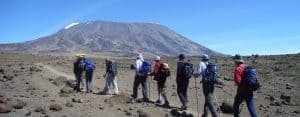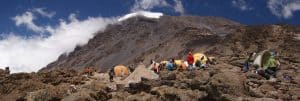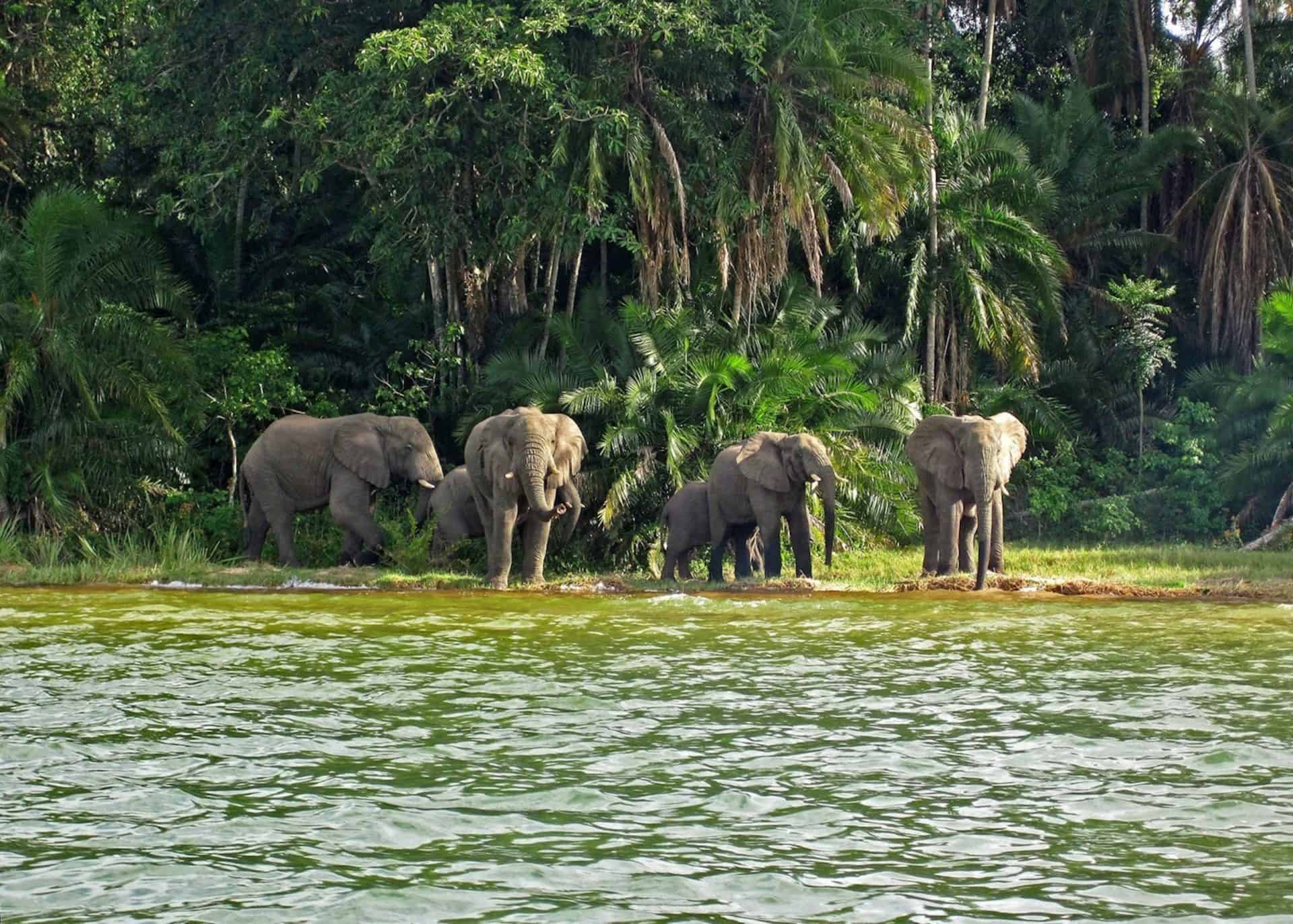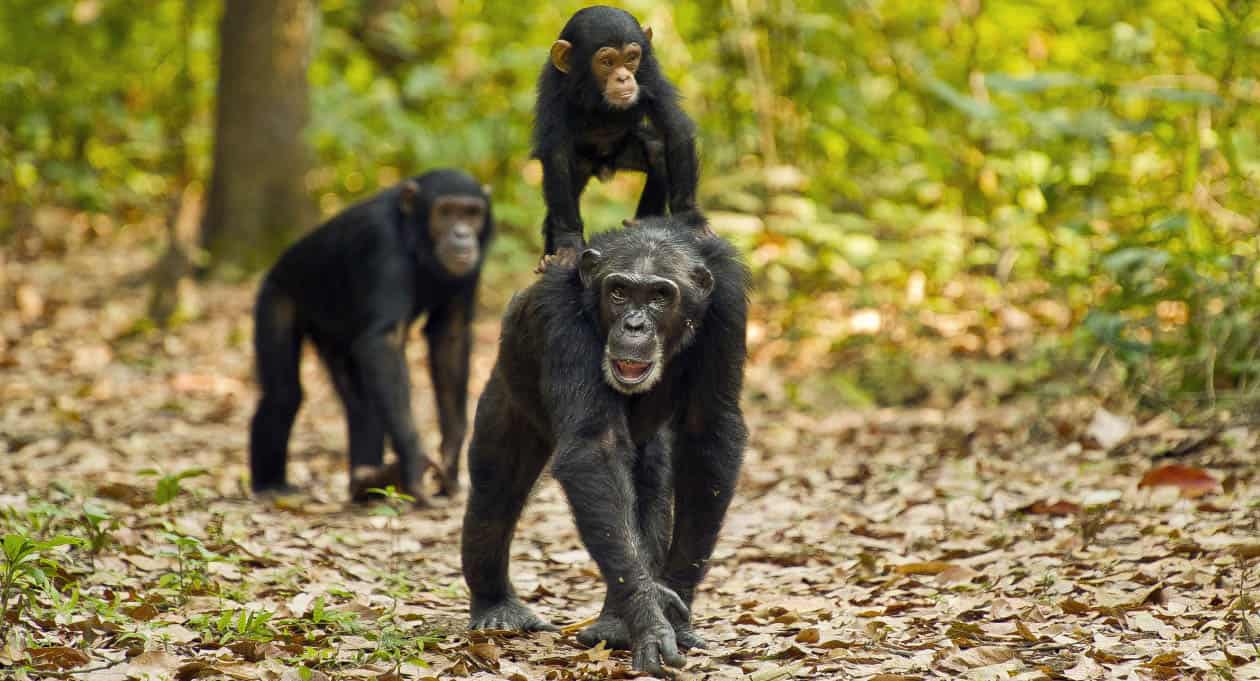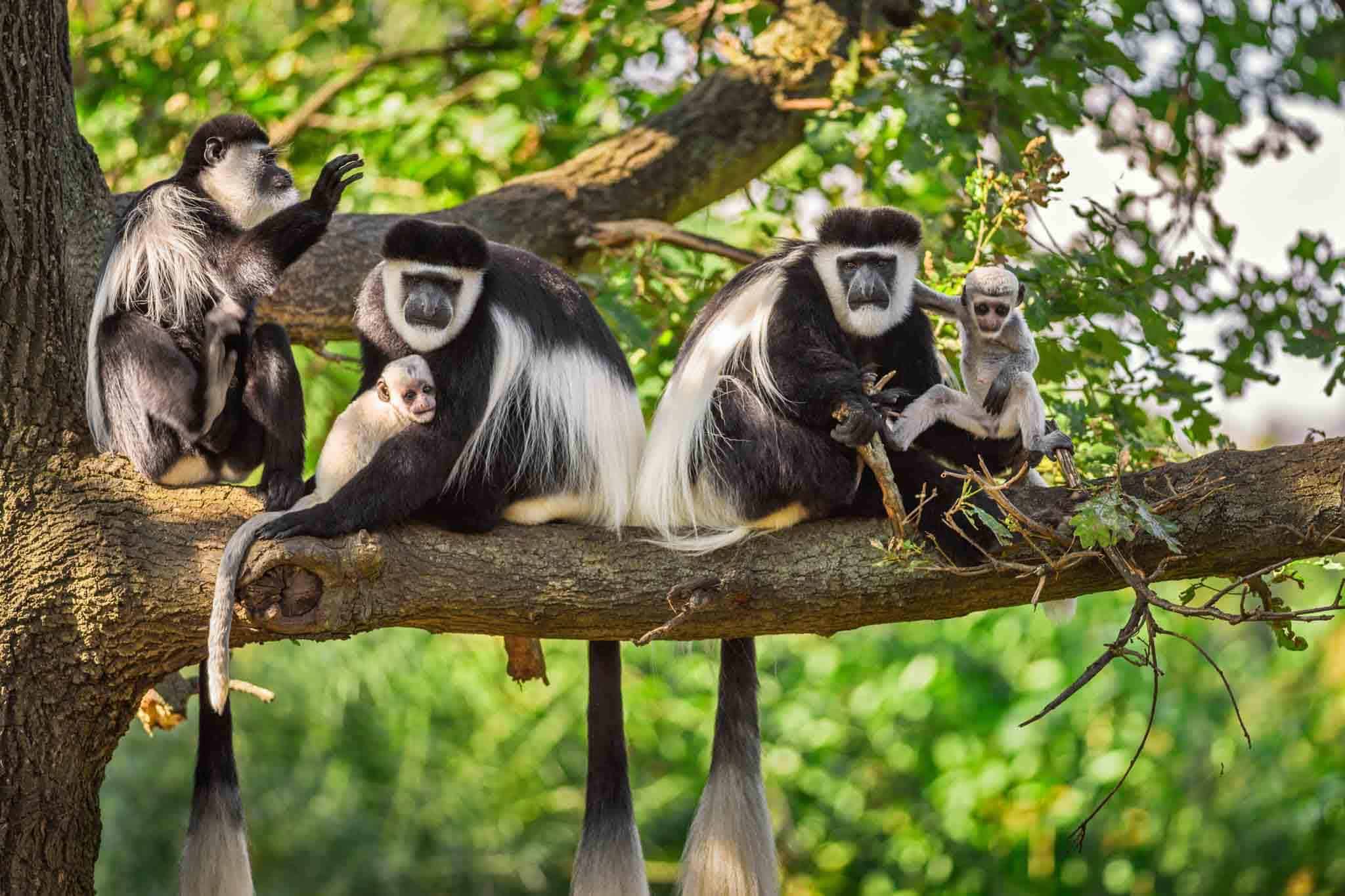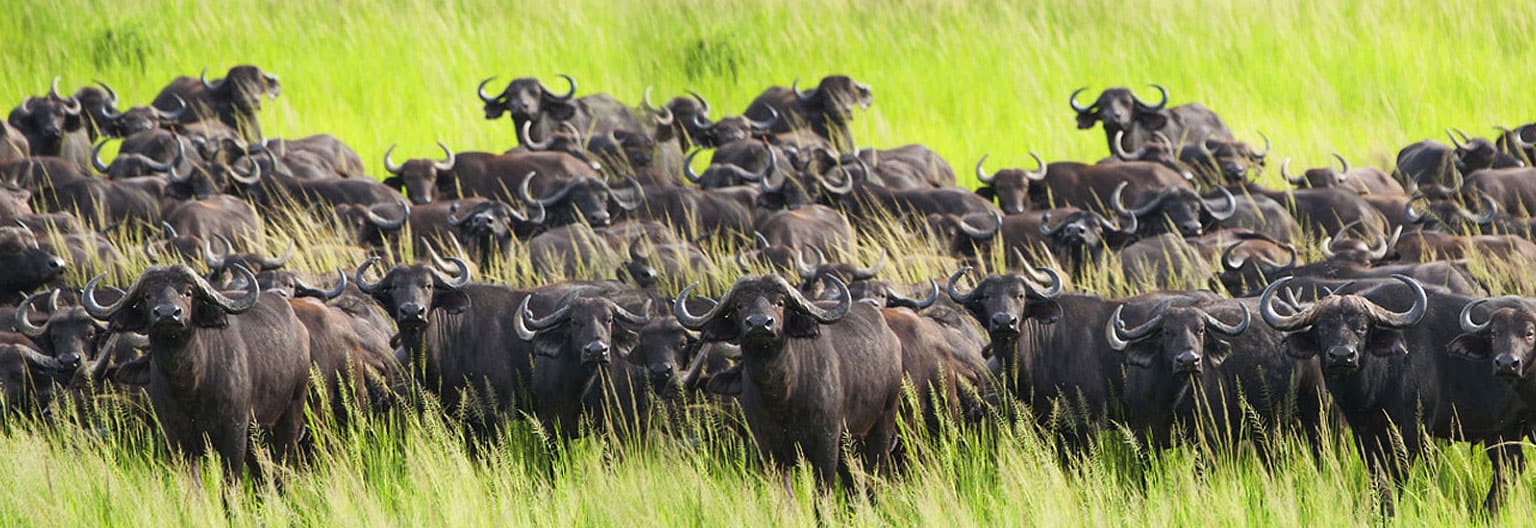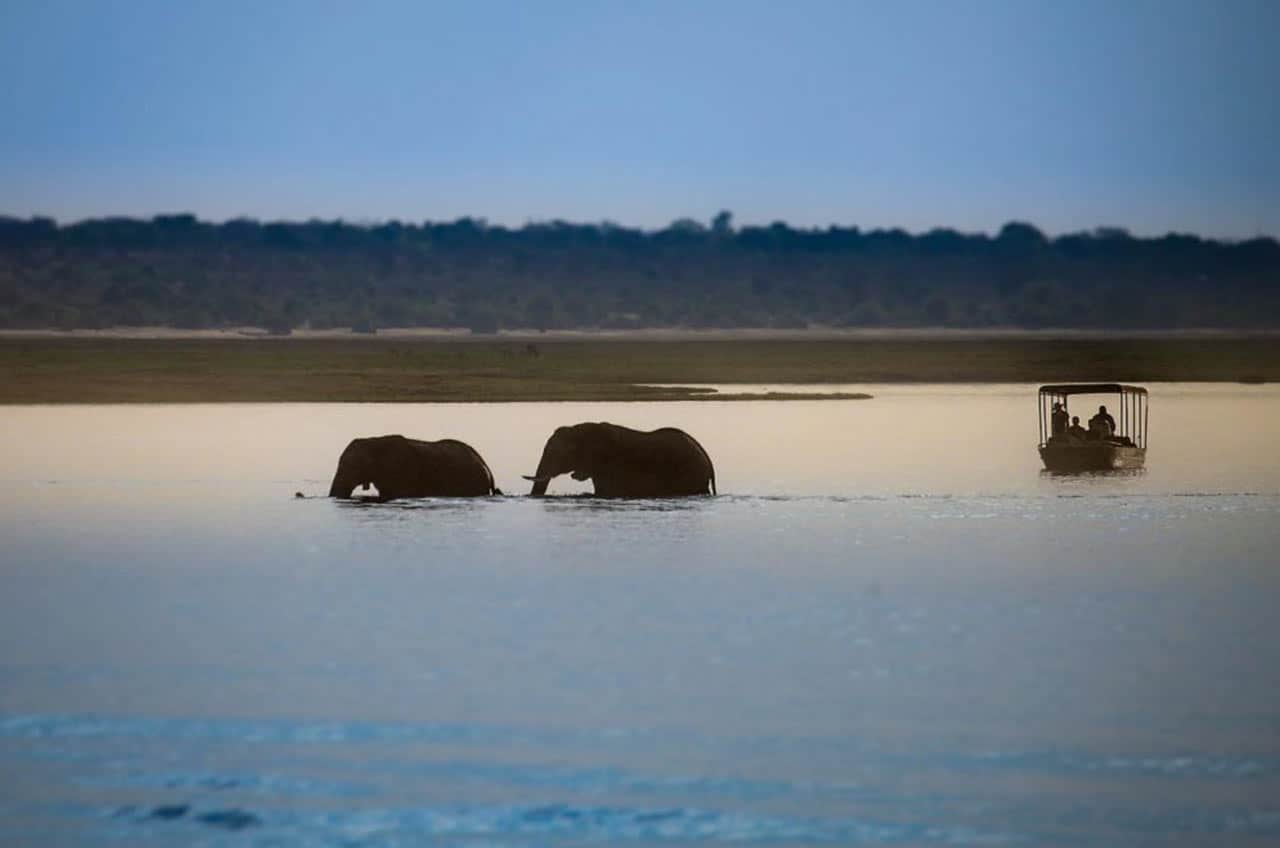Mikumi National Park
- Home
- Mikumi National Park
Mikumi National Park is Tanzania’s fourth largest. It’s also the easiest to get to from Dar es Salaam. It’s a fantastic safari site for individuals who don’t have a lot of time because wildlife encounters are nearly guaranteed.
Mikumi National Park has been anticipated to become a tourism hotspot in Tanzania since the completion of the paved road connecting the park entry to Dar es Salaam. Mikumi is Tanzania’s fourth largest national park, located between the Uluguru and Lumango ranges and only a few hours’ drive from the country’s major metropolis. The park includes a diverse range of species that is easily visible and used to game viewing. Mikumi National Park is a popular weekend destination for residents of Dar es Salaam, as well as business travelers who don’t want to spend a long time on an extensive safari itinerary.
The ‘Big Five’ (cheetah, lion, elephant, buffalo, and rhino) are always visible at Mikumi National Park, and visitors are seldom disappointed. The mud-loving beasts may be seen up close in hippo pools, and bird-watching along the canals is also fascinating. Mikumi National Park shares boundaries with the Selous Game Reserve and Udzungwa National Park, forming a diverse and enjoyable safari circuit.
The coming dawn is obscured by swirls of impenetrable mist. The first rays of sunlight cast a reddish glow around the fluffy grass heads flowing across the plain. At this predatory hour, a herd of zebras, confident in their concealment, poised like ballerinas, heads aligned and stripes combining in a flowing rhythm.
Mikumi National Park borders Africa’s largest wildlife reserve, the Selous, on its northern border, and is bisected by the surfaced road connecting Dar es Salaam and Iringa. As a result, it is the most accessible area of a 75,000-square-kilometer (47,000-square-mile) wilderness that reaches east practically to the Indian Ocean.
The Mkata Floodplain, Mikumi’s attractive center piece, is frequently compared to the more famous Serengeti Plains because of its broad horizons and plentiful wildlife.
From the flattened tops of termite mounds, or sometimes during the rains, from perches high in the trees, lions view their grassy domain – and the zebra, wildebeest, impala, and buffalo herds that travel over it. Giraffes forage in the isolated acacia stands that line the Mkata River, which are also used by Mikumi’s elephants as a source of shade.
The Mkata Floodplain, crisscrossed by an excellent circuit of game-viewing roads, is possibly Tanzania’s most reliable spot for sightings of the mighty eland, the world’s largest antelope. The miombo-covered foothills of the highlands that rise from the park’s borders are home to the equally spectacular greater kudu and sable antelope.
During the rainy season, more than 400 bird species have been documented, including such colorful local residents as the lilac-breasted roller, yellow-throated long claw, and bateleur eagle, as well as a slew of European migrants. The primary attraction of the pair of pools located 5 kilometers north of the main entrance gate is a hippos, who are accompanied by a constantly changing cast of waterbirds.



